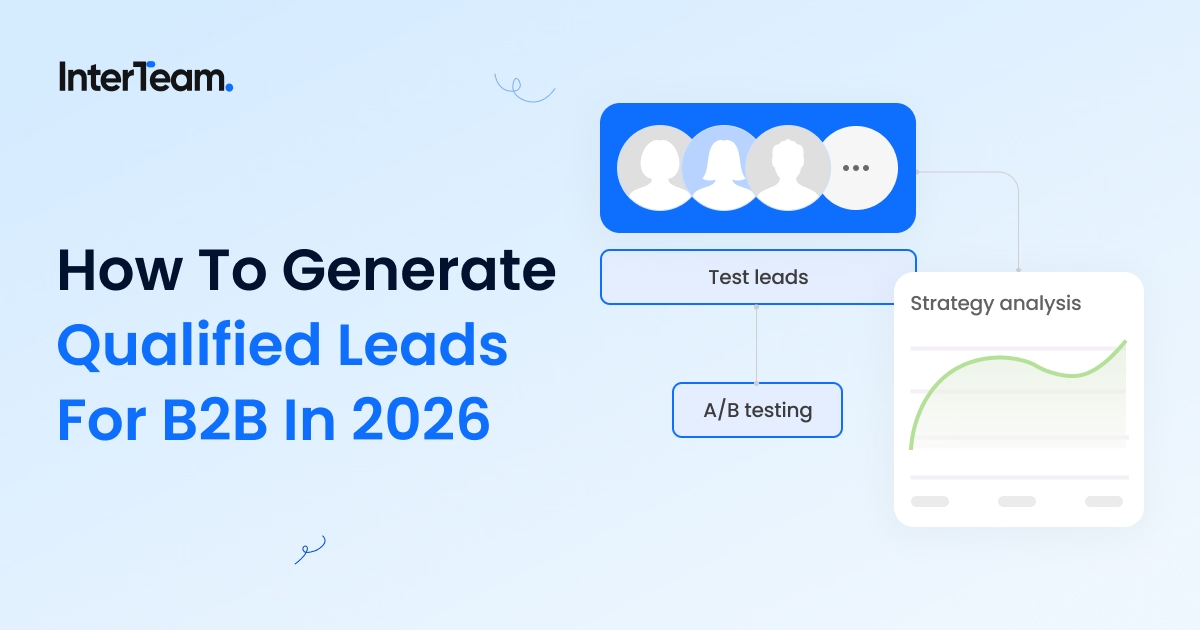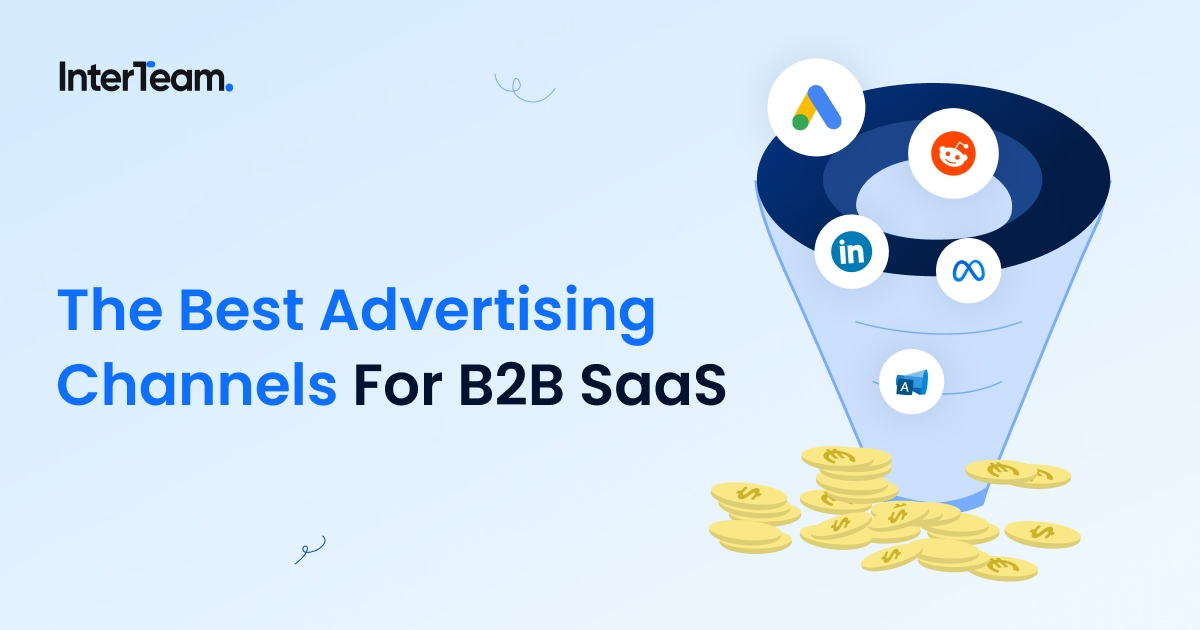Why Webpage Load Speed is Essential for PPC Conversions
Why A Fast Webpage Load Speed is Vital for PPC Conversions
Page load speed is one of the most overlooked factors in optimizing paid ads (PPC). Yet it has a MASSIVE impact on marketing performance.
Stats show that your conversion rate drops by 32% if your page loads in more than 2 seconds and by 90% if it takes 5 seconds.
Which isn’t exactly surprising…
If your page isn’t loading instantly, chances are another site is ready to deliver what your customer needs faster. Page load speed is critical in satisfying the searcher’s intent and converting users into paying customers.
This blog highlights the importance of improving your site and page load speed and its impact on your business.
Understanding Page Load Speed
Page load speed refers to the time it takes for a webpage to display its content when a user visits your site. Several components are at work when a user clicks on a link.
The time it takes for a page to load depends on:
- Domain Name System (DNS) Lookup Time – The time it takes to translate a domain name into an IP address.
- Server Response Time — The time the server takes to respond to a user's request.
- Content Download Time —How long it takes to download the various resources (HTML, CSS, JavaScript, images) needed to render the page.
- Render Time — The speed at which the browser processes and displays the downloaded content.
- Interaction Time — How quickly the page becomes fully interactive so users can interact with the content.
Page load speed affects two central aspects of digital marketing that have a huge impact on your website and, ultimately, your business’ performance.
User Satisfaction
Whether it’s designing the perfect product or creating the smoothest possible sales funnel, everything a business does is for the user.
The modern consumer demands speed. (You can’t exactly blame them!) With streamlined services like Amazon, which delivers items a day after ordering them, the standard has been set. As a result, users are less patient, and the statistics reflect it.
What’s more, a page with a slow load speed leaves a bad impression. If you’re spending time developing strategies to get people to your site, offering the best possible experience only makes sense. A fast-loading site demonstrates that the brand and the team behind it are professional, thoughtful, and put effort into their work.
And it’s not just users that want fast load speeds; search engines prefer them, too.
Page Load Speed’s Impacts on PPC And SEO
When talking about SEO ranking and PPC ads, we typically think of keyword research and creating persuasive copy. Page load speed is a crucial part of the equation.
Google has invested a lot of time and energy into understanding its users and explicitly states that site speed is a ranking signal in its Web Vitals.
Web Vitals are a collection of metrics used by Google to test your site’s performance against their standard. They were created from user experience data collected in the Chrome UX report (Crux). From that list, Google has highlighted three Core Web Vitals that significantly affect your site’s ranking and user experience.
One of them is Largest Contentful Paint (LPC), which refers to how long your web page loads its largest piece of content and is used to measure your site’s loading performance.
What’s more, 1/3 of Google's Keyword Quality Score – the metric AdWords uses to determine how much your CPCs will be – is based on landing page experience, which also depends on page load speed. Basically, if your site loads slowly, you get fewer conversions and pay significantly more for them.
Case Studies That Show Why #SiteSpeedMatters
The impact that loading speed has on website performance is so big that many of the biggest companies in the world focus on optimizing their pages.
Neon Rain: Putting In Effort Goes A Long Way
Despite working with several B2B advertising agencies, Neon Rain wasn’t having much success with landing page conversions. However, with InterTeam improving audience targeting and keyword strategy and rigorously testing and optimizing the landing page, Neon Rain saw its landing page conversion rate go from 2% to 15.69%.
Propellernet: Every Millisecond Counts
Propellernet conducted a study that measured page load speed load times down to the millisecond on mobile and desktop. Whether it was on a desktop, Android, or iPhone, ‘faster than average visits were 34% more likely to convert versus slower-than-average visits.’
Pfizer: Increase in Load Speed Leads to a Decrease in Bounce Rates
Pfizer serves millions of people around the world and has countless users navigating the site for medical information or getting vital medication. With “40 promoted brands and 12 to 15 operating sites with lots of functionality,” Pfizer found itself struggling with mobile loading speeds. One of their sites took 21 seconds to load! They managed to get the sites to load 38% faster and ultimately cut bounce rates by 20%.
Vodafone: A 31% Improvement LCP Increased Sales by 8%
Vodafone conducted an A/B test in which version A was optimized for Web Vitals to see how it performed against version B. They found that version A (which had a 31% improvement in LPC) yielded a 15% improvement in the lead-to-visit rate, an 11% cart-to-visit rate, and an 8% increase in sales compared to version B.
Mobile Versus Desktop
Users typically interact with webpages via their phone, tablet, or desktop. Regardless of the device a user originates from, the trend remains the same: faster website loading leads to better performance. However, it’s easier to optimize for certain devices than it is for others.

The average desktop load time is 2.5 seconds and 8.6 seconds on a mobile. The main difference is that desktops have superior processing power and a more reliable internet connection, so they can load pages much faster.
Why You Need To Optimize Page Load Speed for Mobile
The challenge lies in optimizing your pages for less powerful devices with unreliable connections, such as mobile phones. Around 50 - 60% of global internet traffic originates from mobile devices. Because of this, Google uses a mobile-first indexing system. Improving load speed for mobile devices means being more careful with how you design your pages.
Tips On How To Improve Page Load Speed
Every page has unique purposes, elements, and file sizes, which require distinct solutions. However, there are a few general guidelines to keep in mind that help reduce load times.
Find A Performance Optimized Hosting Solution
Find a good web hosting solution. Hosting quality is one of the most influential factors in page loading speed—it’s one of those ‘you get what you pay for’ circumstances.
When you go with a better service, they typically handle server issues and provide better security and customer support. What’s more, a quality hosting provider and plan will mean consistent and higher up-time during high-traffic periods. Some providers have multiple server locations and higher-quality hardware, which helps with site loading speed.
Resize And Compress Images
Images play a vital role in ranking for boosting your rank with search engines. However, they also at precious milliseconds to your loading speed.
A simple trick is to resize the images on your pages (reduce the dimensions to fit mobile settings) and compress the image files. However, the key is to do it outside the builder. Resizing and compressing images outside the builder means lowering the file size, making them lighter (and, therefore, easier/faster to load) without compromising the image quality.
Optimize Offscreen And Custom Codes
It’s not uncommon for landing pages to include videos or lightbox lead forms. The trouble is these can significantly increase loading time. A simple solution is to remove the videos and large custom texts from the landing page and add a link instead. This way, when users click the video, they’re redirected to a new page where they can sign up to watch it. By doing this, you effectively split the load. Rather than stacking one page with a ton of heavy code and elements, you have two pages with far less to render, delivering a seamless user experience.
Optimize Third-Part Code
Optimizing a page or website for SEO requires that you integrate tracking software to measure performance. While platforms like Google Tag Manager, Google Analytics, and Hubspot are essential for tracking page data, they’re also quite taxing on your page’s speed because they load simultaneously. (The more data to load, the longer it takes.)
To deal with this, you can set custom triggers in the tag manager to fire a few seconds after the page initializes. This way, Google tracks the page load speed first, and then the trackers boot up.
Monitoring and Continual Improvement
Improving your page load quickly can take patience and persistence. It can be a gradual process that requires some trial and error. To reduce your site speed, you’re going to need insights.
Regular monitoring of page load times is crucial to maintaining and improving site performance. Of course, you’ll need the right tools to diagnose what’s going on.
Here are a few that are worth exploring:
With tools in hand, the next step is setting benchmarks and working towards achieving your objectives.
Set Benchmarks and Goals for Page Load Speeds
To effectively manage and improve page load speeds, it’s important to set clear and achievable goals.
Start by measuring your current page load times, which will give you a benchmark against which to compare future performance. Setting the right goals means researching industry standards and competitor performance to set realistic and competitive goals.
Key Takeaways on Page Load Time
At the end of the day, Google’s aim is to satisfy searcher’s intent as quickly and pleasantly as possible.
Faster pages make happier users and happier search engines. While a few extra seconds may not seem like much, they can dramatically affect your SEO, user experience, and conversion rates.
Want your landing pages to convert more?
InterTeam is a full-service PPC agency that offers expert marketing and advertising services to B2B services and SaaS companies. We use paid search and social ads to help businesses generate quality leads, achieve their marketing goals, and accelerate growth.
Just send us your contact info, and we’ll set you up with a free strategy!
FAQs
Template question
Template text answer








